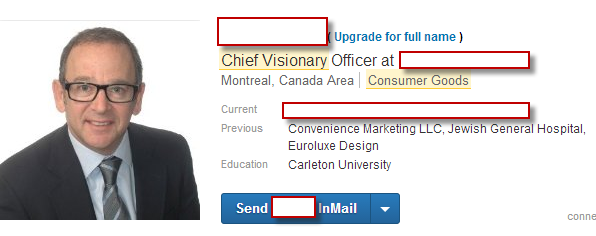You will surely have heard many times that one key to building bullet-proof relationships with customers is trust. As a matter of fact, trust has become a hot topic in discussions on customer management to the extent that most people agree today that trust is essential for creating true and honest relationships with customers, and consequently to generate loyalty.
Winning customers’ trust is a core strategy for many companies on the road to becoming customer-centric companies, which basically means being able to sharing common values and generating mutual benefits for you and your customers.
To safeguard customers’ trust, companies lead significant efforts to support and encourage continuous communication with the customers. This explains why communication with the customers has become a key factor on which business success depends.
Communication with the customers fails
However important communication with the customers is today, many companies fail in the way they communicate with them. It’s not that companies don’t know what channels or tools they should use, or how to find the best timing for communication. Where most companies fail is in generating true value for their customers and foster mutual trust.
Not sure where your communication with your customers is failing? Here I provide you with some evidence of what I’m saying.
Check your business card
Simply pull your business card out of your pocket and check what it says about you.
Who are you in front of your customers? “Mr Joe Smith, Chief Executive Officer” “Peggy, Global Chief Marketing Officer” “Tina, Senior Vice President, Strategy and Loyalty” or “Bill, Chief of Customer Experience” …
Do you really think you are delivering any value to your customers or contributing to generate trust anytime you hand out one of your cards? Probably the answer is: no.
A whole bunch of companies downplay the role their people play as key touch points with customers—since they are generally more focused on their products, services, or social media.
What customer are not very excited to see is that all that you can do for him/her is to sell your products or services, “make marketing”, or “manage a CRM tool”? Customers not only don’t care a dime about your tasks, they simply are not willing to know what you get paid for in your company —exception made for consultants and suppliers who are eager to know who to address their proposals to.
One-way communication hardly motivates any of your customers, and worse yet, they will surely feel intimidated to see that you are an “Executive Vice President” or “Senior Manager”. Simply become a customer yourself, and think what your willingness to collaborate will be with someone whose official role in the company is to sell you something, or who is in charge of “key accounts”? Surely you won’t feel very excited about it.
Therefore mutual understanding with your customers and two-way dialogue is always more constructive than to merely show them who you are within your organization.
Get rid of product-centric communication
If your company is still deeply settled in the old product-centric —or organization-centric— principles of communication, think seriously about a radical change. Speak the same language as your customers and tell them exactly what are you committed to do for them. Not that you try to show them that you are someone committed to a broad —but hardly credible— emotional achievement —i.e. “Cindy I’m devoted to your happiness” or “Andy, I make your dreams come true”. Some of the most innovative industries —such as software development— are keen on using this practice, and not for the customer’s sake!
Proudly showing what you do in your organization is alright to make yourself known among your colleagues and coworkers, or even to attract headhunters, but it doesn’t make much sense from your customers perspective.
Think as a customer and communicate as customers need
What customers want to see is how you are committed to meet their needs, how your organization is set to address them, and who is there working behind their desires. Disregard the traditional organization-centered jargon and take a moment to rethink how you can create instant familiarity and trust with your customers that supports healthy relationships.
The fight for customers’ trust and loyalty is fierce and no opportunity should be missed to embed trust in everyone’s mindset. Therefore, carefully plan for the right mix of trust-driven actions and deliberately engage all your people —from inside and outside your organization— as part of your broader customer-centric management implementation program. The reward in return is huge and will create unbeatable advantages.
Republished with author’s permission from original post.





